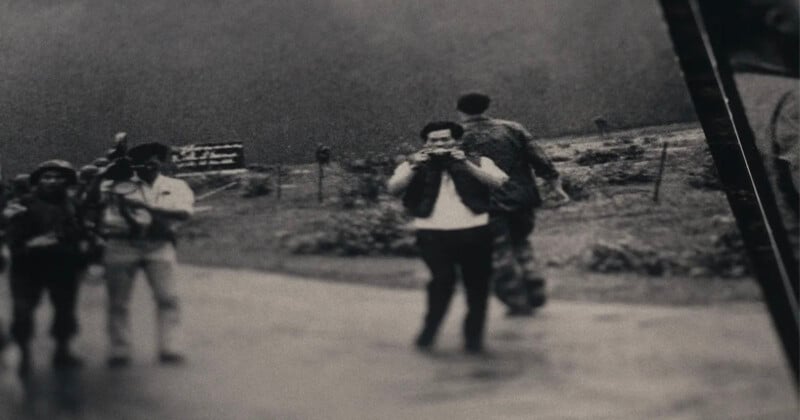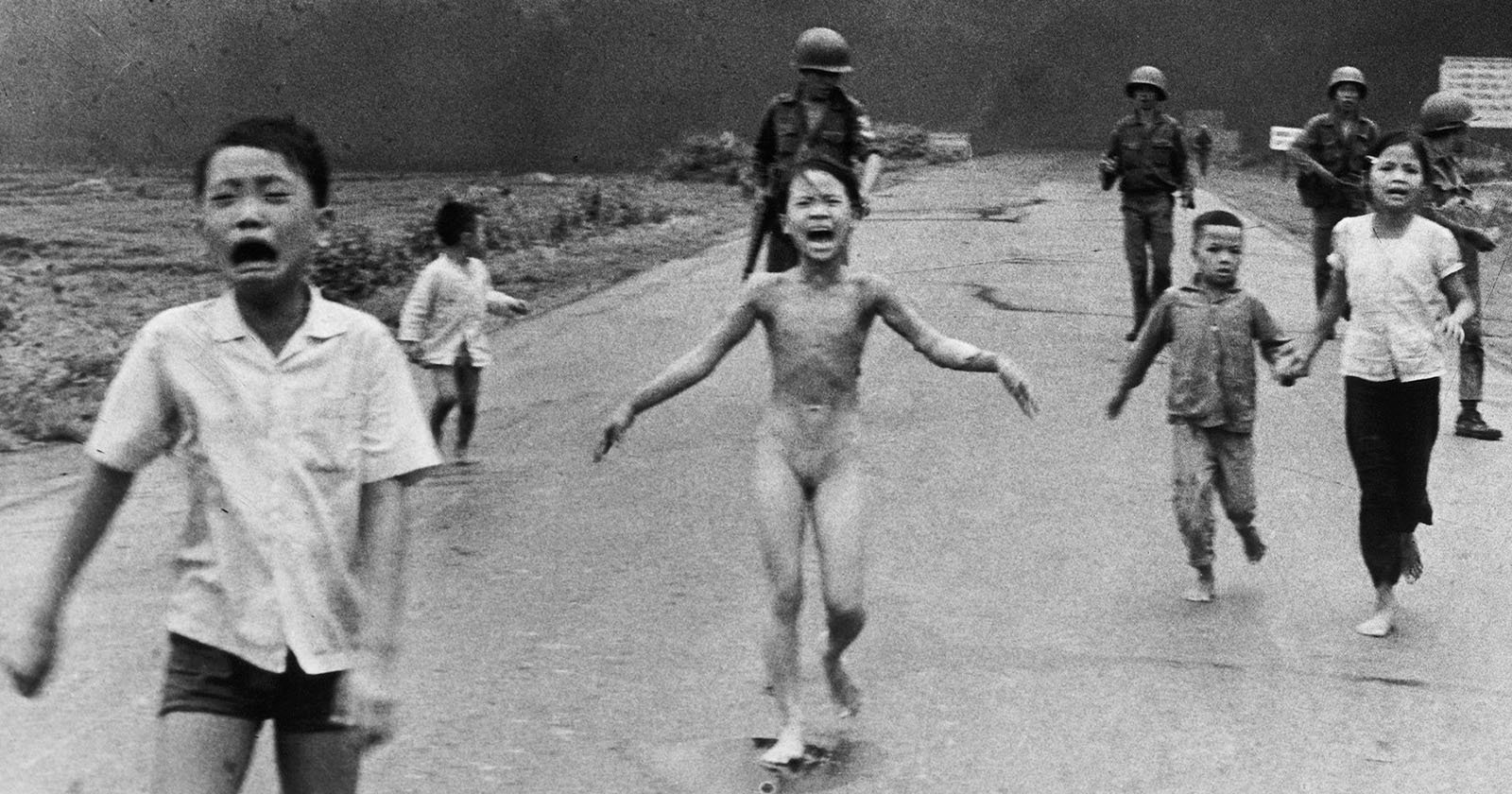 Gary Knight suggests that Horst Faas changed the credit because he felt a debt of gratitude toward Nick Ut. | Associated Press
Gary Knight suggests that Horst Faas changed the credit because he felt a debt of gratitude toward Nick Ut. | Associated Press
The executive producer of The Stringer documentary has suggested that photo editor Horst Faas changed the credit on the famous Napalm Girl photo out of loyalty to Nick Ut.
In a lengthy Rolling Stone article, Gary Knight from the VII Foundation and photographer himself speculates that Faas’s loyalty to Ut was born out of mentoring Ut’s brother, Huỳnh Thanh Mỹ, who died while working for the Associated Press (AP) during the Vietnam War.
The basis of The Stringer film is that Ut did not take the famous photograph, officially titled The Terror of War but more commonly known as Napalm Girl, and that an unknown freelancer called Thanh Nghe is the real author of the image.
The claims stem from photo editor Carl Robinson who was working at the Saigon Bureau the day the negatives arrived and who left one of the most famous photographs of all time on the cutting room floor. Faas, who was Chief of Photos in Saigon, spotted the rejected photo and insisted it be sent to New York. Robinson claims that he was also told to change the credit to Nick Ut.
 Horst Faas. | Wikipedia
Horst Faas. | Wikipedia
Knight suggests that Faas changed the credit from Nghe to Ut to make him more secure at AP and to partially make up for the death of his brother. “He would have had no loyalty to the stringer Nghe, having never met him,” Knight writes.
AP’s Struggles in Vietnam
Knight also suggests that Faas was keen to get an AP staff photographer’s credit on the photo as he immediately realized the power of Napalm Girl — which proved to be prophetic.
“The 1972 offensive had been wretched for AP, which was being regularly beaten by its main rival, United Press International,” Knight writes, who adds that this is why AP brought in “legendary” photographer and regional chief photo editor Faas.
“This was not a moment for an ‘icon of all time’ to be transmitted with the byline of a stringer, underscoring that the AP staffer had missed the photo,” Knight says.
 A still from The Stringer that shows freelancer Nguyen Thanh Nghe at the scene of Napalm Girl.
A still from The Stringer that shows freelancer Nguyen Thanh Nghe at the scene of Napalm Girl.
Furthermore, Knight claims that famous war photographer Tim Page once told him that “Faas had put his name on the work of Vietnamese photographers and taken credit for them as his own.” Knight claims to have been told other, similar stories about Haas swapping credits to suit his interests, including taking credit for a Pulitzer Prize. Faas died in 2012.
“Had Faas grown to rationalize occasionally changing the credit on photographs over nearly a decade of war? Would this explain how he might have taken something from a stringer he didn’t know, given AP and the younger brother of his dead colleague the kudos, and enhanced his standing at the agency?” Knight asks.
The fallout from the documentary continues after World Press Photo suspended Ut’s credit on The Terror of War. But there has been pushback from the photojournalist community with over 400 photographers signing a letter demanding World Press Photo restore Ut’s credit.

